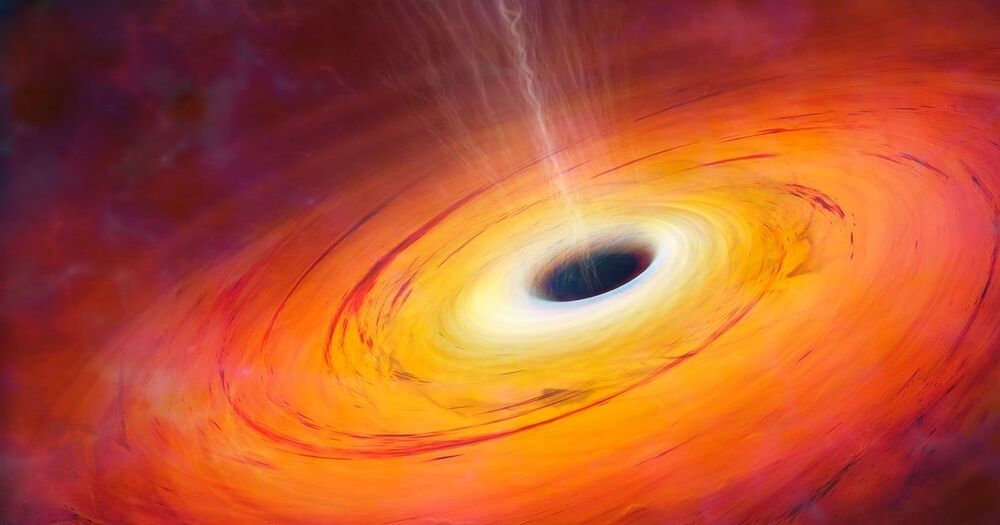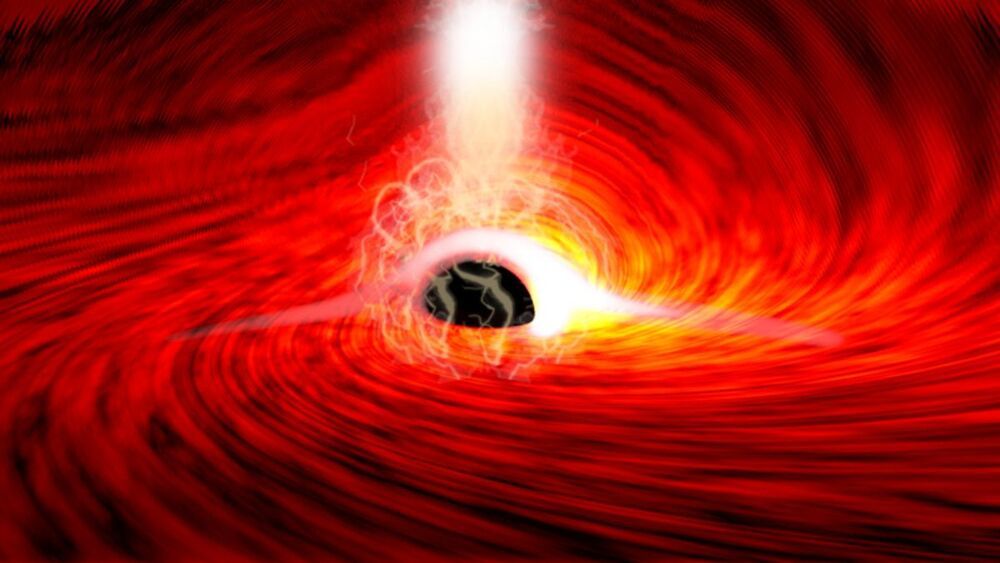Astronomers have seen light from BEHIND a black hole for the first time. I explained the discovery and results to my editor, Levi. Congrats to D. Wilkins and the astronomy team!
Tap dat Patreon → https://www.patreon.com/physicsgirl.
Special thank you to our X-Ray tier patrons: Carlos Patricio, David Cichowski, Eddie Sabbah, Fabrice Eap, Gil Chesterton, Isabel Herstek, Margaux Lopez, Matt Kaminski, Michael Schneider, Patrick Olson, Tommy Joseph, Vikram Bhat, Vincent Argiro, wc993219.
http://physicsgirl.org/
http://twitter.com/thephysicsgirl.
http://facebook.com/thephysicsgirl.
http://instagram.com/thephysicsgirl.
Creator/Host: Dianna Cowern.
Videographer/Editor: Levi Butner.
Resources and links.
Original Nature paper: https://www.nature.com/articles/s41586-021-03667-0.epdf.
“Stanford astrophysicists report first detection of light from behind a black hole”
“Dynamic Behavior of a Black Hole Corona”
https://www.esa.int/ESA_Multimedia/Images/2020/01/The_dynamic_behaviour_of_a_black_hole_corona.
https://www.eurekalert.org/news-releases/923516
https://www.iflscience.com/space/for-the-first-time-light-has-been-directly-observed-from-behind-a-supermassive-black-hole/









